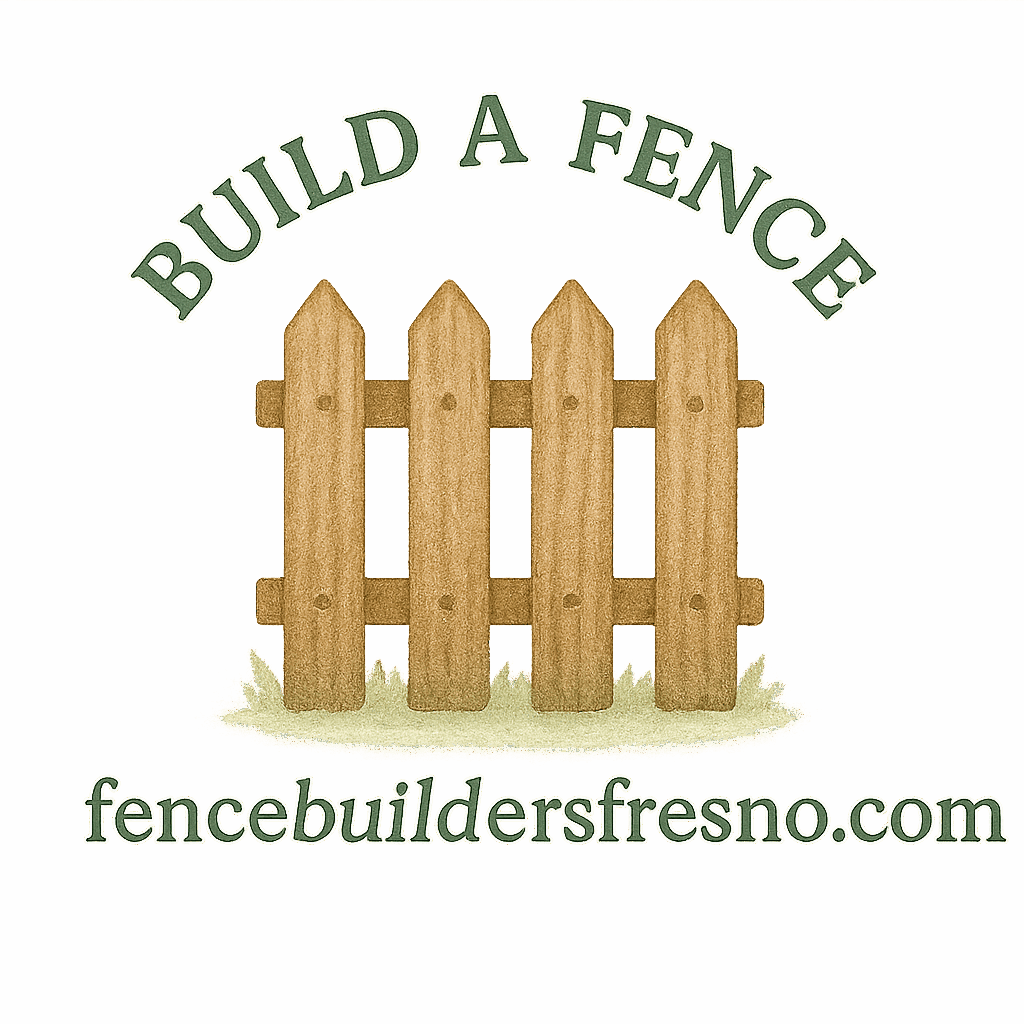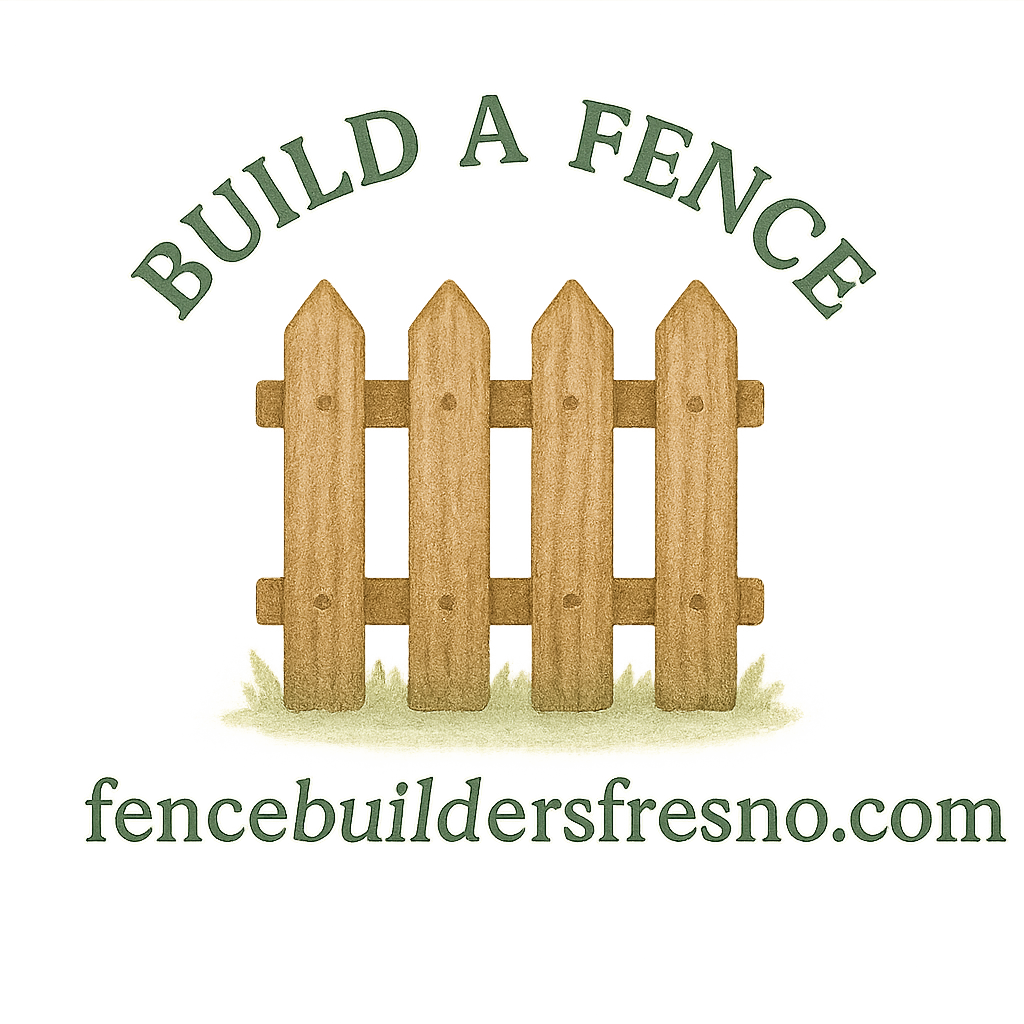Introduction
DIY fencing sounds simple enough, right? You grab some posts, a few panels, and maybe a YouTube tutorial or two, and soon you’ll have the perfect fence. At least, that’s how many homeowners imagine it. The reality? After the excitement of drawing up your fence design planning and heading to the hardware store, you’ll often hit unexpected roadblocks.
From boundary fence disputes with neighbors to shaky posts that collapse in the first storm, DIY fences can come with surprises that cost more than you bargained for. In this guide, we’ll break down seven common fence issues after DIY fencing planning and show you how to avoid them so your hard work doesn’t go to waste.
Why DIY Fencing Seems Like a Great Idea
Cutting Down on Costs
One of the biggest motivators for going the DIY route is the savings. Professional fence installation can be expensive, and doing it yourself feels like the ultimate budget hack.
Unlimited Creative Freedom
DIY gives you full control. Want a decorative fence with a unique flair for your front yard? You don’t have to settle for a contractor’s catalog options—you can design it your way.
Pride of Ownership
There’s a sense of accomplishment in building your own home fencing. Every nail you hammer feels like progress toward something personal. But while that pride is priceless, it doesn’t prevent problems from popping up.
The Gap Between Planning and Execution
Sketching your dream fence on paper is one thing; building it in your backyard is another.

Missing Skills and Tools
Most homeowners don’t own post-hole diggers, power augers, or industrial levels. Without them, your fence can easily end up crooked or unstable. The fence building basics aren’t as simple as they look in online tutorials.
Unpredictable Challenges
Soil type, slope, and weather patterns all affect how long your fence lasts. Without professional know-how, you may find your carefully planned project doesn’t hold up.
7 Common Fence Issues After DIY Fencing Planning
1. Misjudging Property Lines
The number one DIY fencing mistake? Installing a fence on the wrong side of the property line.
Boundary Disputes with Neighbors
A misplaced fence often sparks legal disputes and strained relationships. If your fence crosses into your neighbor’s yard, it’s considered fence encroachment, and you may be forced to remove it. Learn more about boundary fences to prevent costly errors.
Property Rights and Legal Issues
Local laws protect property rights, and ignoring them could result in lawsuits or forced removal of your fence. Always confirm your lot lines before digging. Legal property considerations are not optional—they’re essential.
2. Weak Structural Foundation
A fence is only as strong as its posts.
Improper Post Depth
One of the most common structural issues is posts not being set deep enough. Shallow posts wiggle, lean, or fall over after strong winds. A sturdy durable fencing job depends on digging below the frost line or at least one-third of the post’s length.
Soil and Weather Challenges
Clay-heavy soil or overly sandy soil can make it tough for posts to stay upright. Professionals adjust installation techniques based on terrain, but many DIYers overlook this.
3. Choosing the Wrong Fence Material
Not all fences are created equal, and the wrong material choice can create years of headaches.
Wood Fence Problems
A wooden fence offers charm, but it demands regular wood fence care. Without sealing, staining, or treatment, wood will warp, rot, and attract termites faster than you’d expect.
Vinyl Fence Challenges
Vinyl is marketed as a low-maintenance option, but poor installation leads to sagging or cracking. Our guide to vinyl fences covers what most homeowners don’t realize before buying.
4. Poor Alignment and Uneven Height
Crooked fences are one of the first signs of an inexperienced DIY build.
Skipping Leveling Tools
Without a proper level, posts tilt ever so slightly, but those small angles add up. Before long, your fence looks like a rollercoaster track.
Curb Appeal Concerns
A fence that leans or varies in height damages the overall look of your property. Explore fence design planning tips to keep everything aligned.
5. Ignoring Local Regulations
Many DIYers dive right in without checking city ordinances or HOA rules.
Fence Height Restrictions
Did you know your front yard fence might not be allowed above a certain height? Some municipalities even regulate fence colors and styles.
Permits and HOA Rules
Skipping permits or ignoring HOA regulations could force you to take down your brand-new fence. Check legal fencing guidelines before breaking ground.
6. Lack of Maintenance Knowledge
Building the fence is only half the battle—maintaining it is what makes it last.
Early Wear and Tear
DIY fences often wear out quickly because homeowners don’t understand proper upkeep. Regular fence maintenance tasks like sealing, cleaning, or tightening hardware are essential.
Upkeep Myths
Even “maintenance-free” fences require some care. Read through upkeep tips to avoid replacing your fence earlier than expected.
7. Hidden and Unexpected Costs
The “cheap DIY fence” myth is one many homeowners discover too late.
Surprise Repair Costs
If a section fails, you’ll pay not only for the DIY materials but also for professional repairs afterward.
Supplies That Add Up
Concrete, brackets, and protective coatings can double your budget. Suddenly, your “affordable DIY fence” rivals the cost of professional home fencing services.
How to Avoid DIY Fence Failures
Plan Like a Professional
Start with a solid foundation of knowledge. Resources like the fence building basics page walk you through what to expect before touching a shovel.
When in Doubt, Get Expert Help
Even if you love DIY, consulting experts can save you from costly mistakes. Fence builders can point out risks you may have missed.
Respect Local Laws
Don’t underestimate the importance of property lines and permits. They’re the difference between a fence that stands for decades and one you’ll be forced to remove.
Professional Fence Builders vs. DIY: Which Wins?
Advantages of Hiring Fence Experts
Pros bring experience, precision tools, and knowledge of fence installation standards. They also know how to handle tricky issues like fence encroachment and soil stability.
When DIY Still Makes Sense
For smaller projects like a decorative fence in your garden or short privacy panels, DIY can be rewarding. But for major boundaries, professional fencing contractors are usually worth every dollar.
Conclusion
DIY fencing gives homeowners flexibility, savings, and satisfaction. But once the planning ends and the building begins, problems often appear. Misjudged property lines, weak posts, and unplanned costs can turn your project into a stress-filled repair cycle.
The key takeaway? Balance your enthusiasm for DIY with proper knowledge, careful planning, and professional support where needed. That way, your fence doesn’t just look good on day one—it stays strong and beautiful for years to come.
FAQs
What’s the most common DIY fencing mistake?
The biggest mistake is misjudging property lines. Avoid disputes by reviewing property rights before you build.
Can I move a fence if it’s built on my neighbor’s property?
Yes, but it often requires negotiation or even legal intervention. Fence encroachment laws are strict.
Which fence type is easiest for DIY?
Vinyl and chain-link are simpler for beginners compared to wood or ornamental fencing. See our fence types comparisons for guidance.
How often should a DIY fence be maintained?
At least once a year. Our fence maintenance and repair guide covers essential steps.
Do I need a permit for all fences?
Not always, but most cities require permits for tall fences or those facing streets. Always check legal property considerations.
How do I make my DIY fence last longer?
Choose durable materials, follow low-maintenance strategies, and keep up with seasonal care.
When should I hire a professional instead of DIY?
If you’re building near property lines or dealing with strict HOA rules, hiring experts avoids major headaches.


